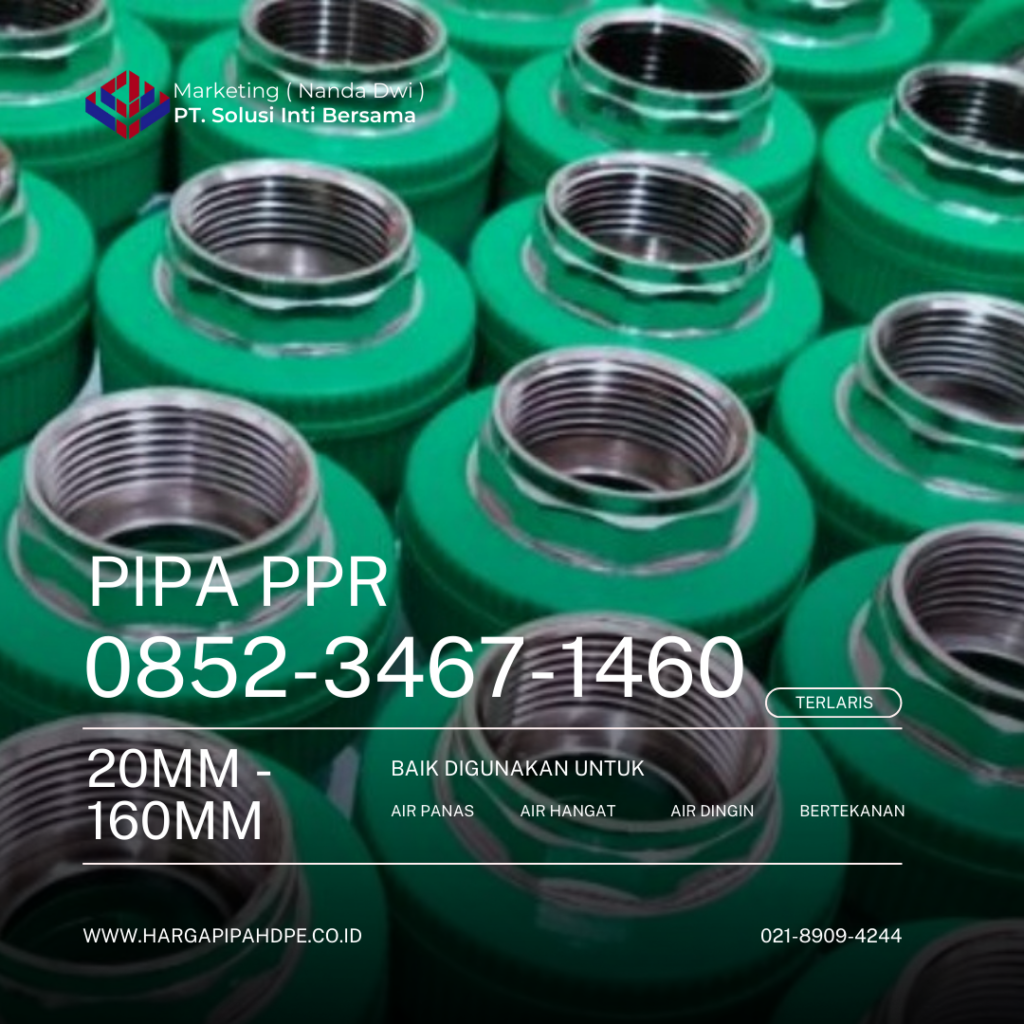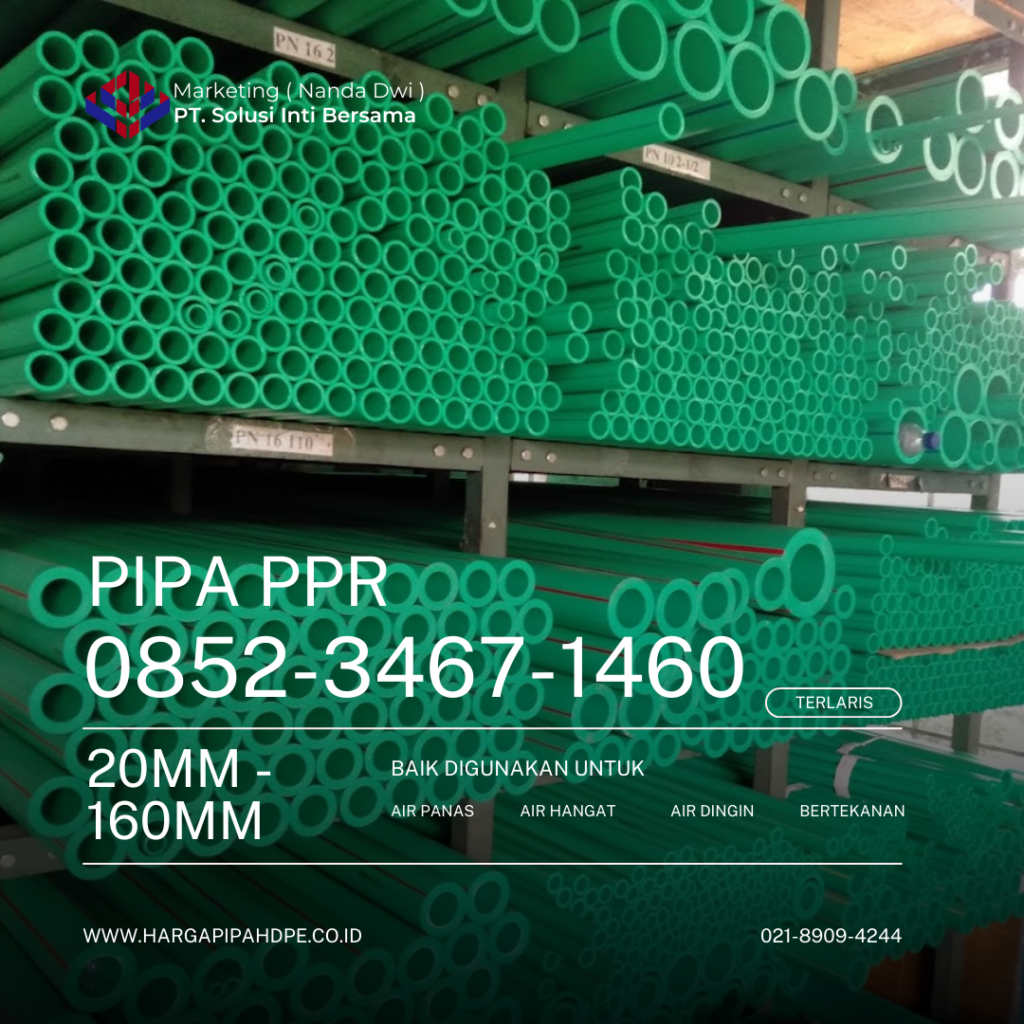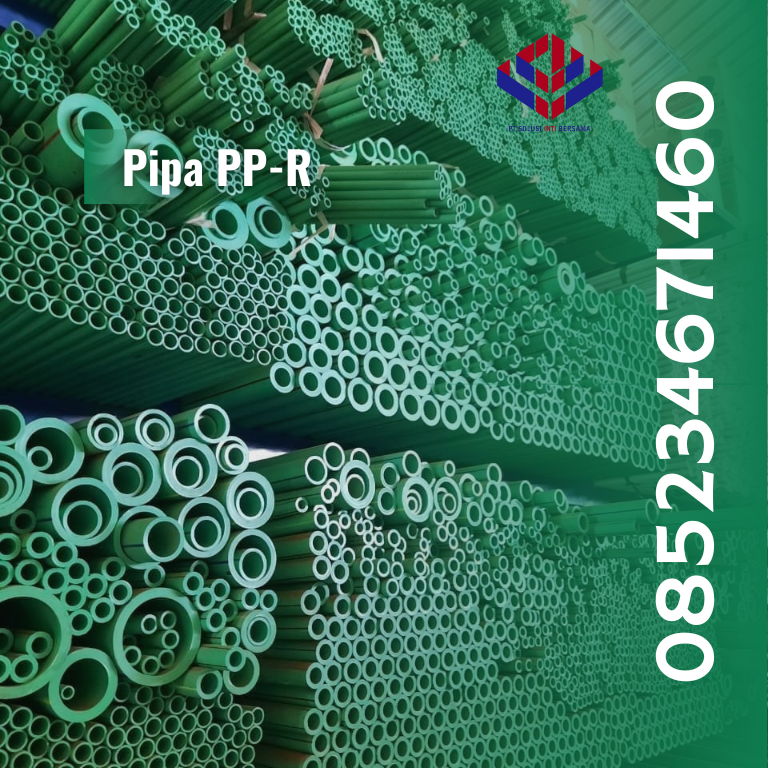HDPE Pipe
HDPE (High-Density Polyethylene) pipe is a type of plastic pipe known for its durability, flexibility, and resistance to corrosion and chemicals. It’s commonly used in various applications such as water supply, drainage systems, gas distribution, and agricultural irrigation. HDPE pipes are lightweight, making them easier to handle and install compared to traditional materials like metal or concrete pipes. They are also known for their longevity and low maintenance requirements, which makes them a popular choice for infrastructure projects. Additionally, HDPE pipes are environmentally friendly as they can be recycled and have a lower carbon footprint compared to other materials.


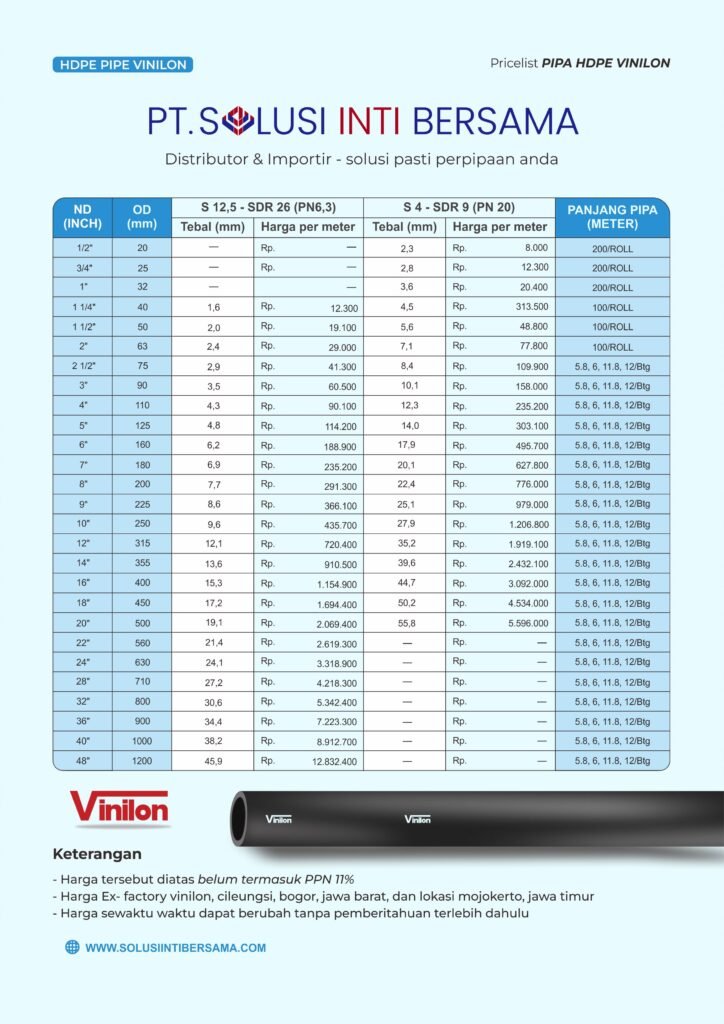

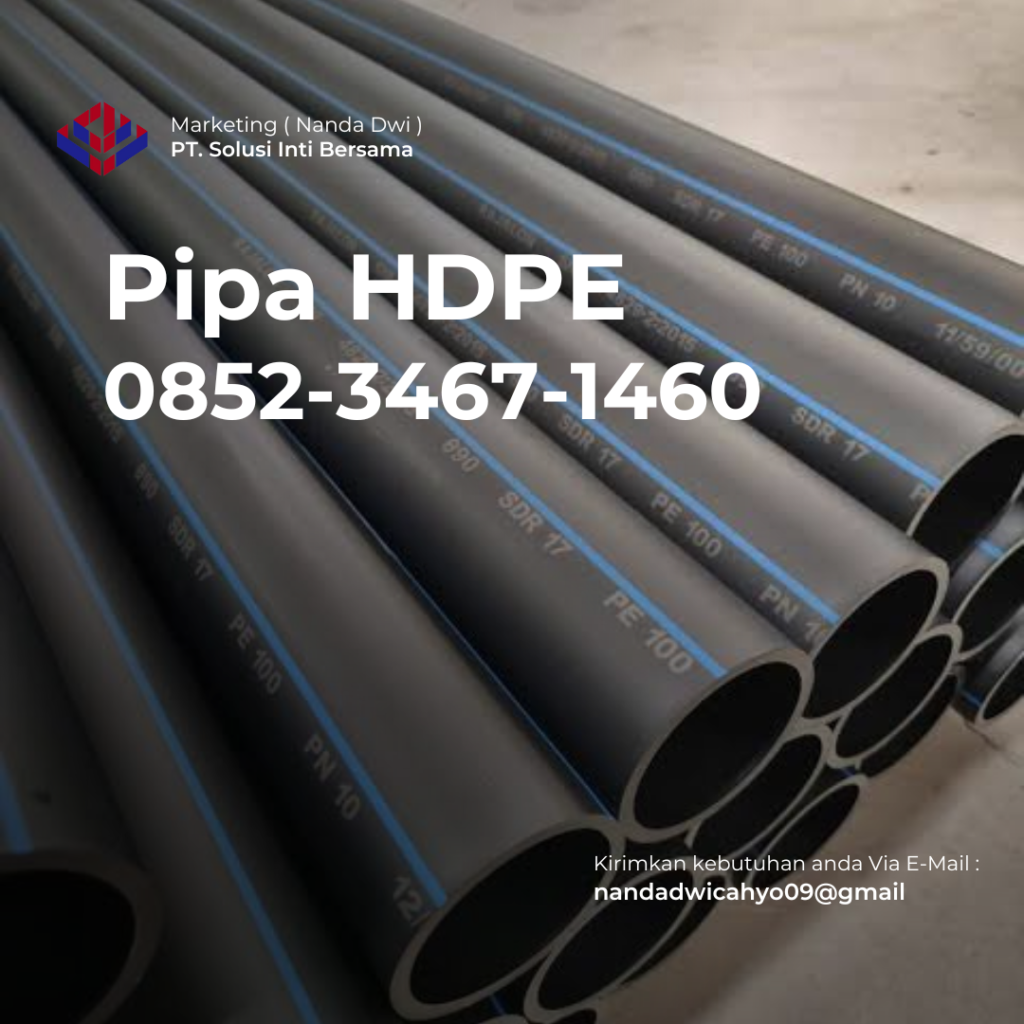
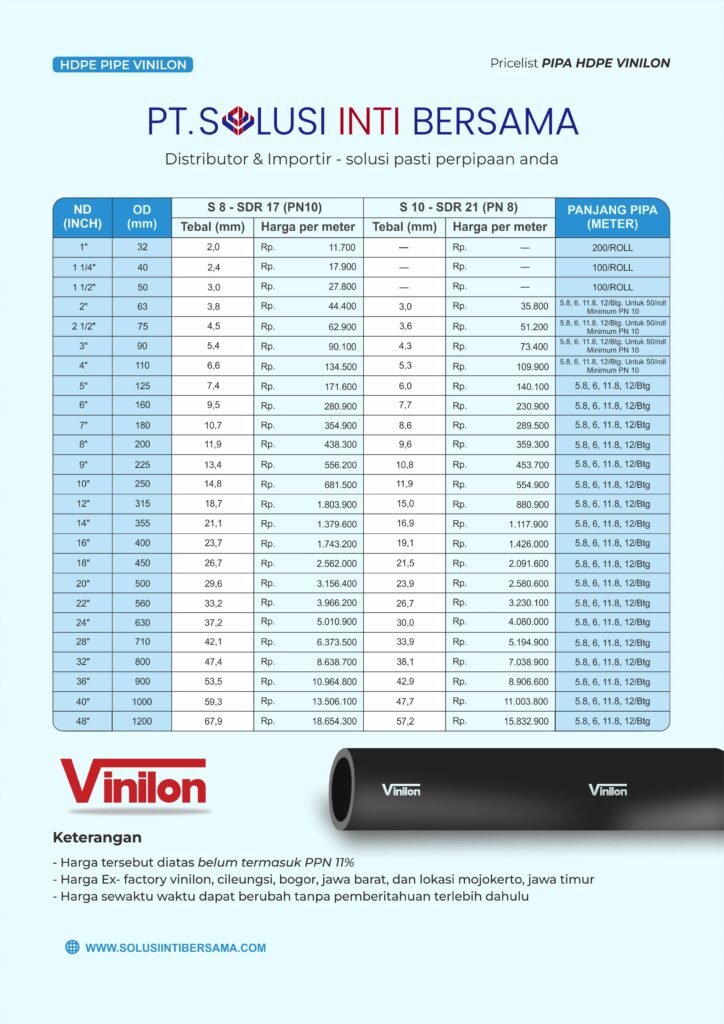
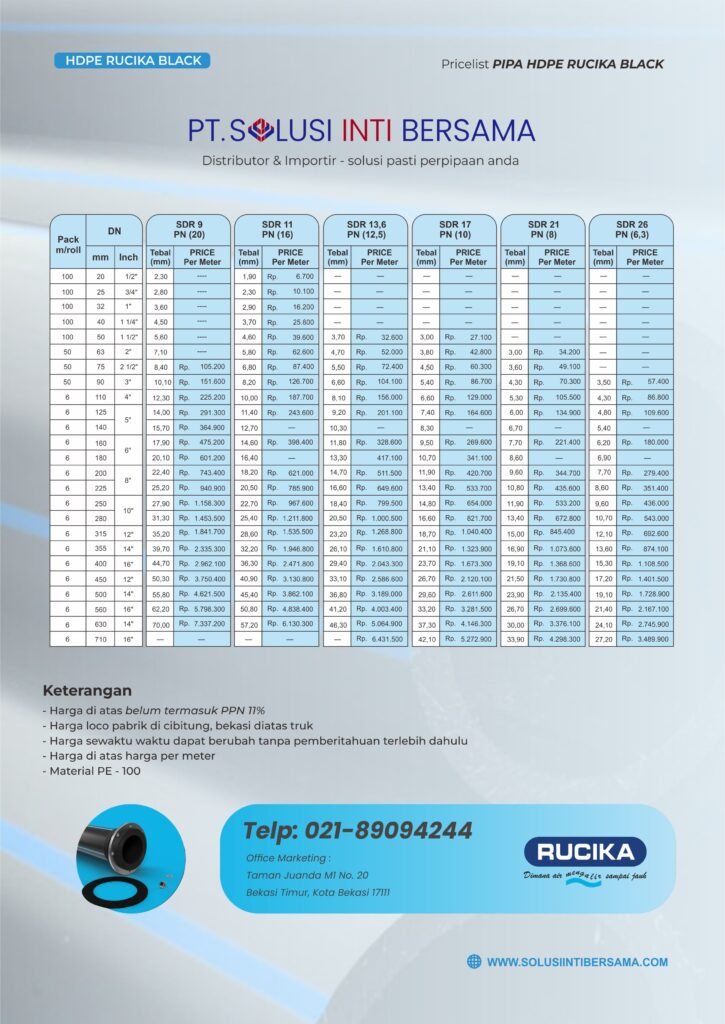

uPVC Pipe
uPVC (unplasticized polyvinyl chloride) pipe is another type of plastic pipe commonly used in various plumbing and drainage applications. Unlike HDPE, uPVC is rigid and does not have the flexibility of HDPE pipes. However, uPVC pipes are known for their excellent chemical resistance, making them suitable for carrying a wide range of liquids, including water, chemicals, and acids. They are lightweight, easy to install, and have smooth interiors that reduce friction and allow for efficient flow of fluids.
uPVC pipes are also resistant to corrosion, rust, and biological growth, which makes them durable and long-lasting. They are commonly used for water supply lines, sewage and drainage systems, irrigation, and in industrial applications where chemical resistance is crucial. Additionally, uPVC pipes are cost-effective and low-maintenance, making them a popular choice for both residential and commercial plumbing projects









PP-R Pipe
PP-R (Polypropylene Random Copolymer) pipe is a type of plastic piping system widely used for both hot and cold water supply in residential, commercial, and industrial applications. PP-R pipes are made from a type of polypropylene that contains random copolymer molecules, which enhances their thermal and mechanical properties.
Here are some key features and benefits of PP-R pipes:
- Heat resistance: PP-R pipes can withstand high temperatures, making them suitable for both hot and cold water distribution systems.
- Corrosion resistance: PP-R pipes are highly resistant to corrosion from chemicals and other aggressive substances commonly found in water, ensuring a long service life.
- Smooth interior surface: PP-R pipes have a smooth inner surface that minimizes friction and prevents the buildup of scale and deposits, ensuring a consistent flow of water.
- Lightweight and easy to install: PP-R pipes are lightweight and easy to handle, allowing for quick and cost-effective installation compared to traditional metallic pipes.
- Longevity: PP-R pipes have a long service life, typically exceeding 50 years when installed and maintained correctly.
- Environmentally friendly: PP-R pipes are recyclable and can be melted down and reused, making them an environmentally friendly choice for piping systems.





